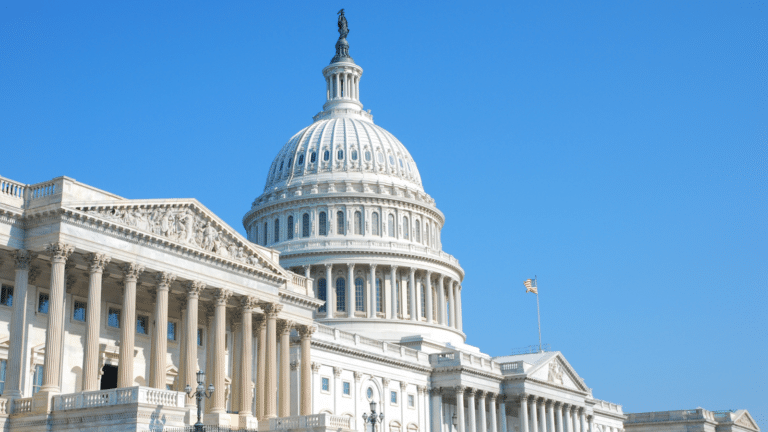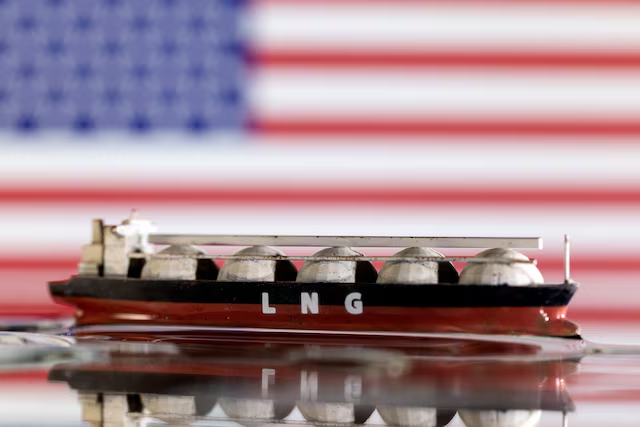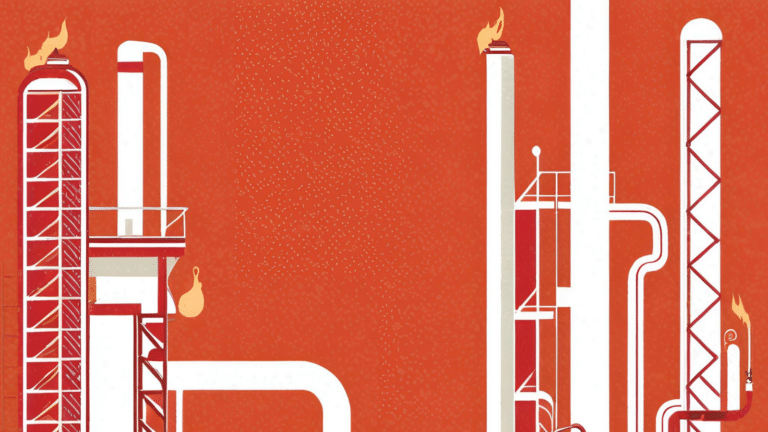This report represents the research and views of the author. It does not necessarily represent the views of the Center on Global Energy Policy. The piece may be subject to further revision. Contributions to SIPA for the benefit of CGEP are general use gifts, which gives the Center discretion in how it allocates these funds. More information is available at Our Partners. Rare cases of sponsored projects are clearly indicated. For a full list of financial supporters of the Center on Global Energy Policy at Columbia University SIPA, please visit our website at Our Partners. See below a list of members that are currently in CGEP’s Visionary Annual Circle.
-
CGEP’s Visionary Annual Circle
-
(This list is updated periodically)
Jay Bernstein
Breakthrough Energy LLC
Occidental Petroleum Corporation
Executive Summary
The Biden administration’s move to bring the United States back into the Paris Agreement and lower greenhouse gas emissions to address climate change will, if carried through, lead to a reduction in fossil fuel consumption. Cutting back on the burning of coal, oil, and natural gas will be critical to transitioning the country to the lower-carbon energy system it needs to achieve decarbonization targets. But while it may seem counterintuitive, investing more in the domestic natural gas pipeline network could help the US reach net-zero emission goals more quickly and cheaply. Fortifying and upgrading the system could prepare the existing infrastructure to transport zero-carbon fuels as they become available and, in the meantime, reduce harmful methane leaks from natural gas.
Studies by energy agencies, universities, and the industry that model future US natural gas consumption consistently show continued use of natural gas for at least the next 30 years, even in scenarios where the country achieves net-zero targets by midcentury. There is no quick replacement for gas in the US energy mix. And for many of the needs natural gas currently meets, the eventual replacement may be zero-carbon gaseous fuels (e.g., hydrogen, biogas). These fuels may play a significant role in supporting reliability and making the energy transition more affordable—but they, too, will require a pipeline network for efficient delivery to markets and end users.
Building new pipelines is a time-consuming and costly process, especially when added to all the other infrastructure needs associated with the energy transition. When possible, adjusting existing infrastructure—already permitted and built—can help minimize the costs and accelerate the speed of the transition. The US has 2.5 million miles of natural gas pipeline infrastructure across the country, which, with investment, could be upgraded to cut emissions and be retrofitted for future transport of cleaner fuels.
However, investments in pipeline infrastructure have drawn concern that they would lock fossil fuels into the US energy mix for a longer period of time and work against the energy transition. Such concerns are understandable given the contribution of fossil fuels to the global climate crisis. But retrofitting and otherwise improving the existing pipeline system are not a choice between natural gas and electrification or between fossil fuels and zero-carbon fuels. Rather, these investments in existing infrastructure can support a pathway toward wider storage and delivery of cleaner and increasingly low-carbon gases while lowering the overall cost of the transition and ensuring reliability across the energy system. In the same way that the electric grid allows for increasingly low-carbon electrons to be transported, the natural gas grid should be viewed as a way to enable increasingly low-carbon molecules to be transported.
This paper, part of the work by Columbia University’s Center on Global Energy Policy on natural gas and the energy transition, examines projections of continued natural gas use and the zero-carbon fuels that are poised to become a bigger part of the energy mix. It details the state of the existing US natural gas pipeline network and trends within this segment of the market, as well as technical considerations for moving new, zero-carbon fuels through the system. The findings, combined with potential net-zero goals, lead to recommendations for curbing greenhouse gas emissions caused by leakage in the existing network, as well as opportunities to refurbish sections to carry increasing levels of cleaner fuels. It focuses on policy options that will minimize environmental impacts and maximize economic benefits.
These options fall into two main categories: changing regulations on methane leak detection and repair to make the existing pipeline network as low emissions as possible while it still transports natural gas, and expanding on existing regulatory authority to allow for retrofitting the system for more hydrogen usage, along with increased R&D funding to test the integrity of the pipeline system with greater levels of hydrogen and other zero-carbon fuels. Specific recommendations include the following:
- Accelerate the pace to replace remaining cast-iron pipelines—which constitute a small percentage of the existing infrastructure but are responsible for an outsized percentage of methane leaks and are also incompatible with transporting hydrogen—and mandate replacement of aging pipelines.
- Adopt state-level methane reduction targets for gas utilities.
- Update federal pipeline standards to require annual inspections, change the criteria for which leaks need to be repaired, and require all leaks be reported.
- Conduct state-level inventories of the metallurgy in their pipeline infrastructure to identify parts most compatible with increased hydrogen usage, while questions surrounding how best to blend hydrogen and other zero-carbon fuels into the system undergo further study. Require that mains replacement programs use hydrogen-compatible plastic pipes.
- Consider specific rate add-ons that allow states to modify the system to accommodate hydrogen if those modifications can be made without an undue burden on ratepayers, especially lower income groups.






